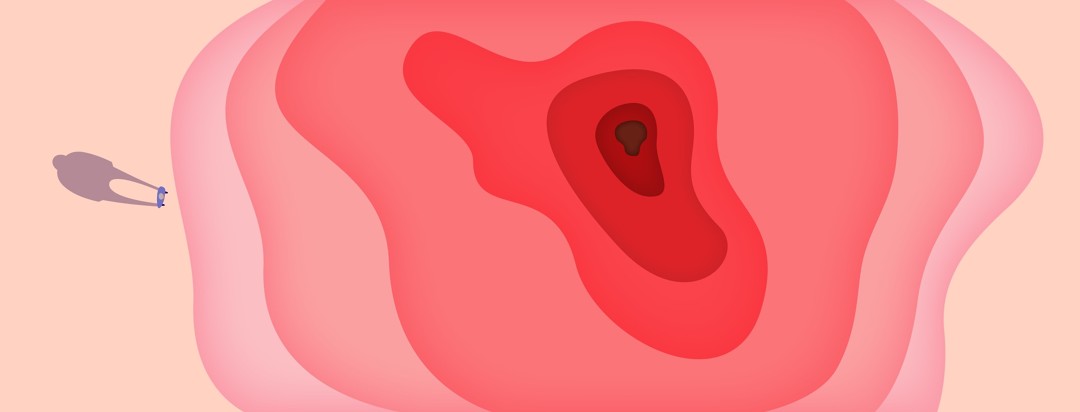Cumulative Sun Exposure
"But, I only tan once in a while."
"I haven't burned in years."
"It really is not a bad burn."
"I need to burn to get a base tan to protect my skin on vacation."
"It's cloudy, I don't need sunscreen."
Sunburns harm skin, plain and simple
Have you thought any of these? Have you heard them expressed by others? Well, research and the current thinking about sun damage requires us to think again. Damage to skin cells and the possibility of skin cancer happens over a lifetime. It is cumulative. Damaging sunburns don't need to be blistering and peeling. A burn of any kind causes harm to our skin.
Getting the facts
According to Cancer Research UK, getting a sunburn just once every two years can triple one's risk of getting skin cancer.1 OUCH!! And what's more? The article stated that a sunburn does not have to be peeling or blistering to cause damage. If one's skin has gone pink or red, it is sunburned. That healthy glow may not be so healthy. Darker-complected people's skin may feel itchy, irritated or tender as a sign of sun damage.
Sunburns linked to increased risk of skin cancer
Experts have been able to quantify exposure risk with each succeeding burn. "One sunburn, typically considered severe with blistering and subsequent peeling, can increase the risk of melanoma by 1.5 to 4 percent (2.7 percent odds ratio). The risk of non-melanoma skin cancers also goes up by 1 to 2 percent, depending on what study you read," Dr. Sarina B. Elmariah, MD, PhD, a dermatologist as Massachusetts General Hospital and a member of the scientific advisory board at Evereden, a children's skincare brand, tells Romper by email.2
Dr. Elmariah does note that these percentages are impacted by other factors, such skin tone, family history, number of moles, and past burns. They indicate that the more one burns, the higher the risk over time. Previous research supports these findings. Skin cancer risk rises by 80% when a young person suffers five or more blistering burns between the ages 15-20.3 This research also indicates that deadly melanoma is more highly associated with sun exposure as a youth while other types of skin cancer are the result of adult sun exposure.
What does it all mean?
So, what does this mean for those of us who tan before we go on vacation to tan? Well, really, it means that any type of burning rays are damaging in the first place. Burning does not protect one at all. Showing up on a cruise or that beach vacation with a base tan earned through sun burns is really a bad way to start off the holidays. I did this many times and really regret it.
Additionally, you may think that you are completely safe when the sun is not out? Well, let's rethink that, too. You don't have to feel warm to be getting damaging sun exposure. In fact, you can't feel UV rays at all and this is why people can burn on cloudy days. Lather up in sunscreen regardless of what the weatherman says. Think about sun exposure every day. Develop a plan to protect yourself and the younger, the better.

Join the conversation